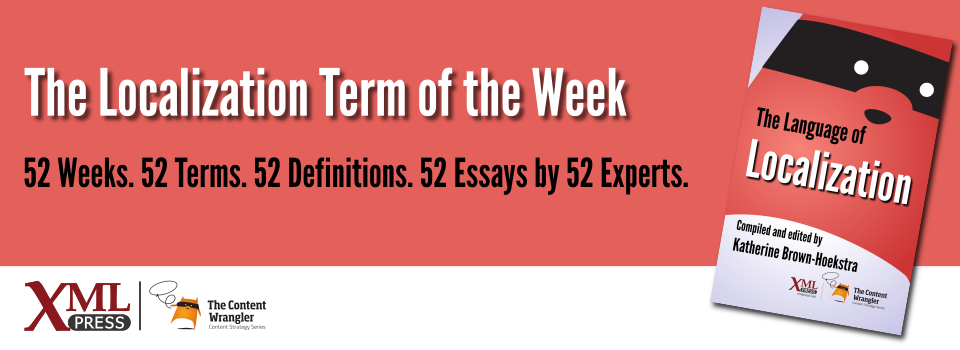What is it?
A translation process in which professional human translators use software programs, such as translation memory or terminology management tools, that support and facilitate productivity and accurate, consistent translations.
Why is it important?
CAT tools provide workflow management and resource allocation and help human translators build and maintain translation memories. When implemented correctly, CAT tools significantly improve efficiency, quality, and consistency, which helps to reduce translation costs.
Why does a technical communicator need to know this?
With computer-aided translation (CAT), translators use computer software to support the translation process. Such tools are core components in a professional translator’s toolbox and are key to a translator’s ability to deliver consistent quality on time and on budget.
Translators typically use multi-featured software suites or CAT tools (also referred to as translation environment tools or, less accurately, TM tools), but there are also many smaller applications that specialize in just one of the necessary features.
Most full-fledged CAT tools offer these features:
- access and management of translation memories (including alignment, i.e., the conversion of already translated texts into translation memories)
- terminology databases
- machine translation
- quality assurance
- file and project management
- separation of translatable text from untranslatable code in all common file formats.
Most CAT tools also support data exchange of translation memories, termbases, and translation files through XML-based exchange standards such as TMX, TBX, and XLIFF.
Today, most CAT tools are either hybrid solutions, where some components can be shared through web-based access, or completely web-based. While they are still predominantly built for professional translators, some tools – for example, Google Translator Toolkit[Google Adwords], Wikipedia’s Content Translation tool, or tools that support crowd-sourced translation – are also used by non-professional translators and volunteers[Garcia 2015][Zetzsche 2017].
References
- [Garcia 2015] Computer-Aided Translation: Garcia, Ignacio. In: Routledge Encyclopedia of Translation Technology. Ed. Sin-Wai Chan. Routledge: Oxford/New York: 68-87.
- [Zetzsche 2017] A Translator’s Tool Box for the 21st Century: A Computer Primer for Translators: Zetzsche, Jost. Winchester Bay: International Writers’ Group. 2003-2017.

